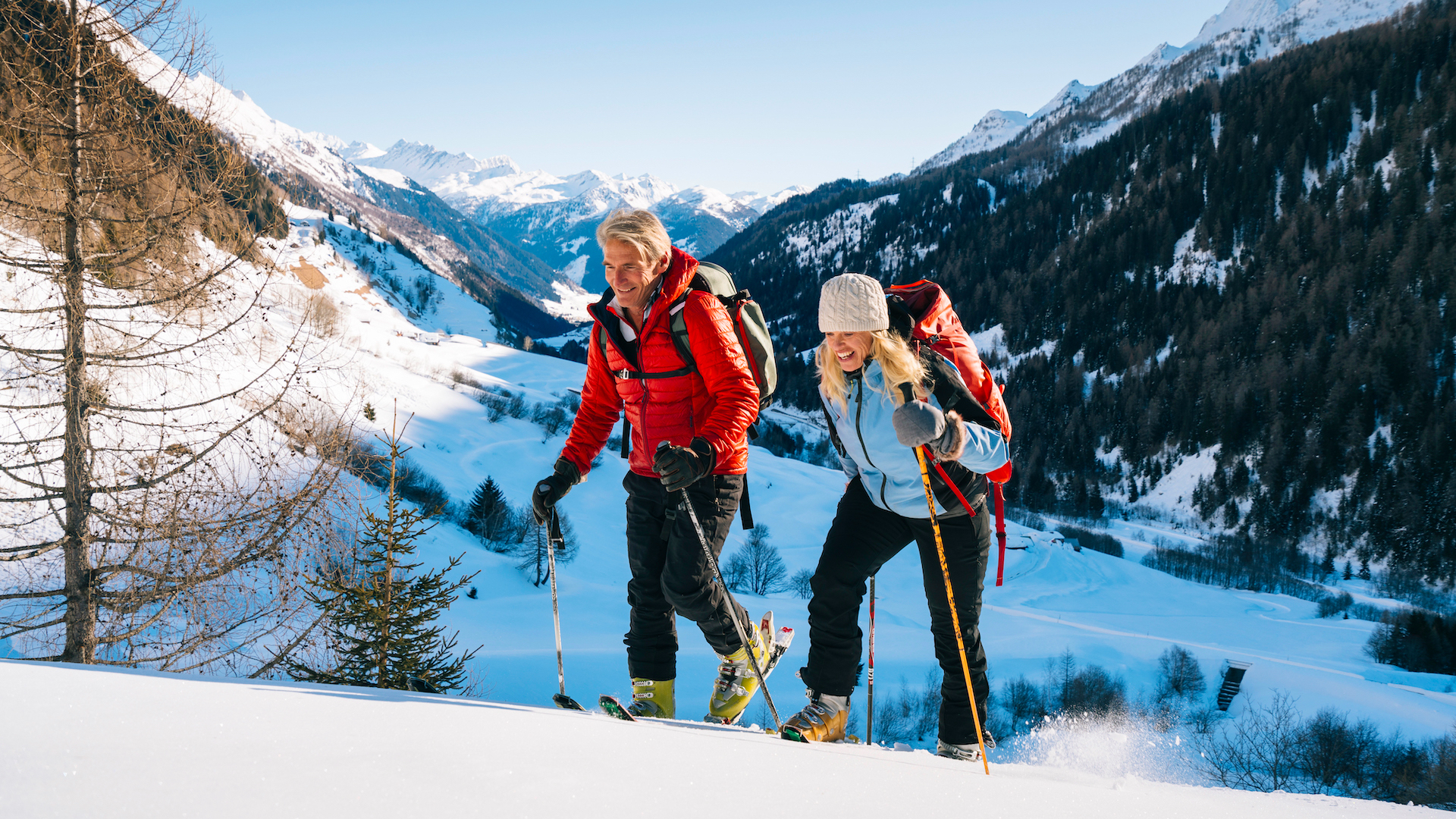
Summer might be the traditional time to travel and get outdoors, and if you love hot weather and overpriced flights, then you might be happy using winter to hibernate. But those of us who refuse to let the weather get between us and the outdoors know that winter can be a fabulous time to get away.
I’ll admit, growing up, winter vacations weren’t necessarily on my radar, but as the years have gone by, it’s become one of my favorite times of year to travel. From cozy cabins in the Colorado mountains to Swiss ski trips and jungle trekking in Central America, active winter vacations have formed some of my most memorable moments.
Basically, if you love the outdoors, you can find loads to do in winter, and a vacation can be a good way to break up the monotony at home. Read on to discover what’s so great about active winter vacations and some ideas for how to spend your time – and no, it doesn’t have to be a ski trip. By the time you’re finished reading, you’re bound to be planning your next winter escape.
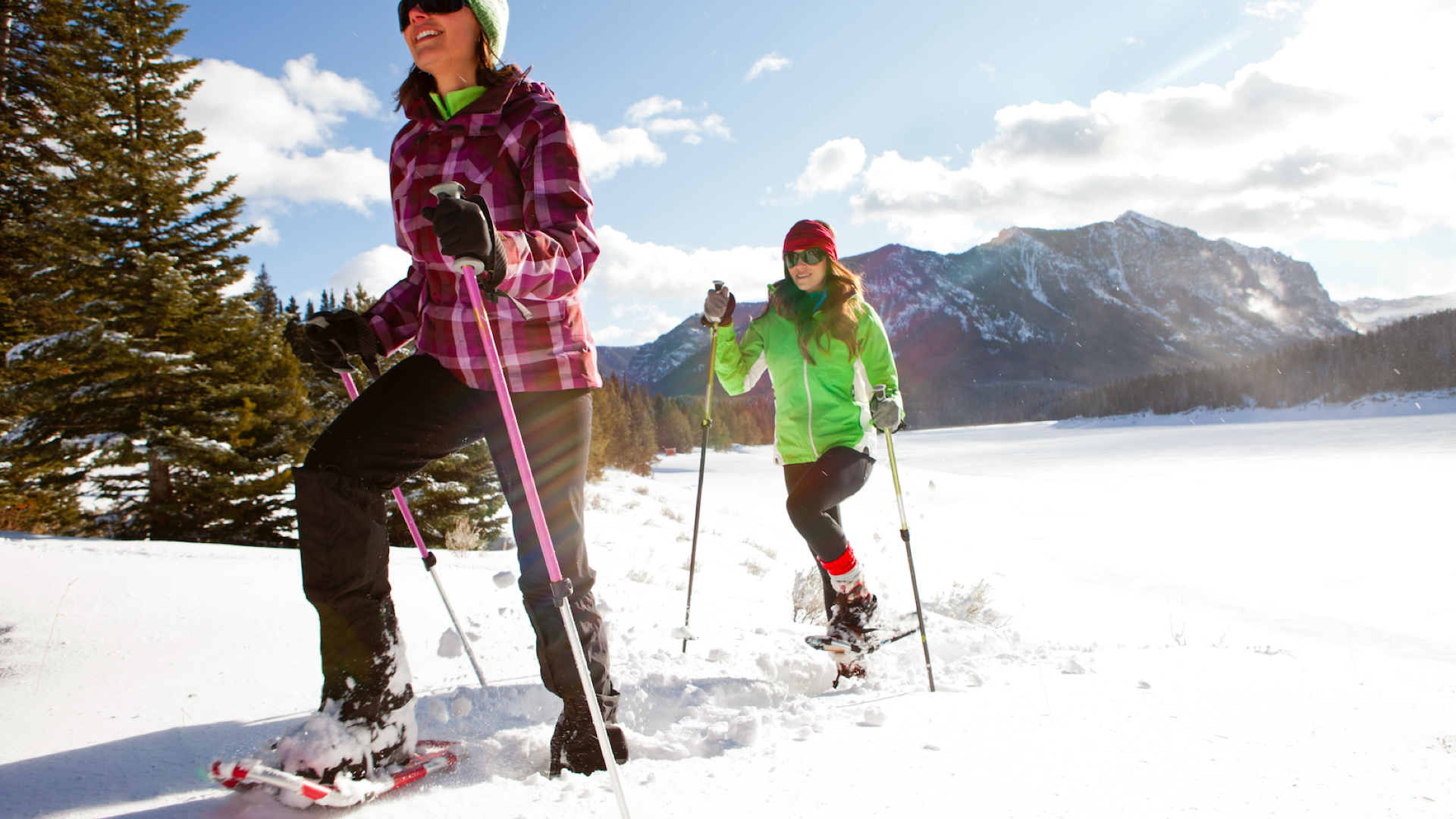
Why take an active vacation in the winter?
No, the weather probably isn’t the best at this time of year, but if you’re living someplace where the days are short and the weather dreary, it’s all the more reason to take a break and beat those winter blues. In fact, if you think about it, it’s crazy that we tend to get away in the summer when most of us are experiencing our best weather at home. And anyway, summer travel can mean oppressive heat, overcrowded National Parks and inflated prices on lodging, gas and flights.
Wait until winter to book your trip and, outside of ski resorts, crowds will have cleared out, there are no mosquitos to contend with and best of all, you can choose between winter sports or flying south to find drier trails.
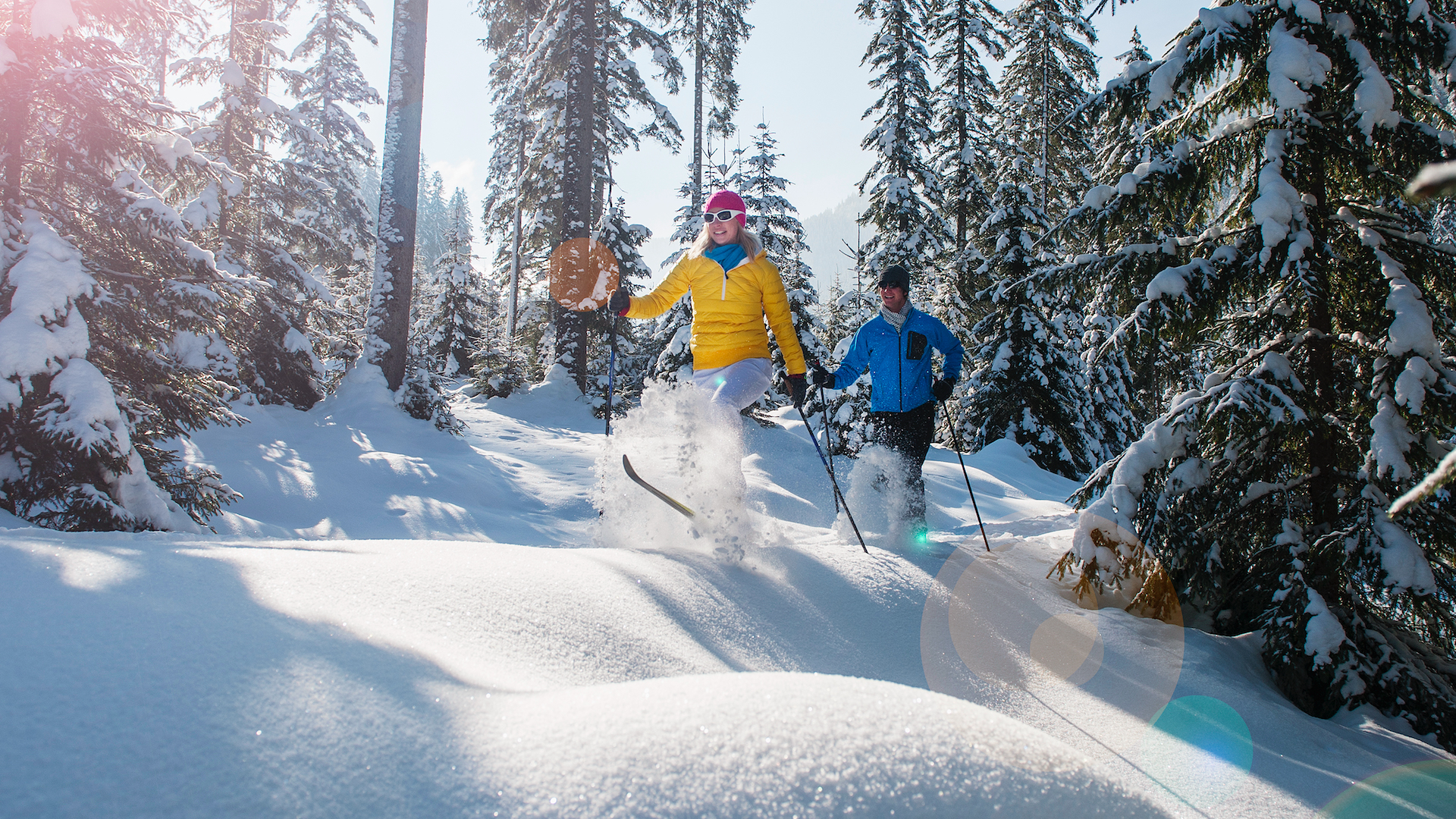
Are there any downsides to a winter vacation?
Any time you plan to travel any significant distance by road or air in the winter, you are taking a gamble with the weather. A major snowstorm or a cold snap can ground flights and mean missed connections, and close roads or just make driving very stressful. I won’t lie – it is common for people to miss a day of vacation (or a whole trip) due to inclement weather and if you are planning on winter sports, not enough cold weather can pose a whole new set of problems.
Then you’ve got the fact that while winter is obviously peak season for snow sports areas, in other parts of the country you might find that amenities like lodging and dining close for the season.
Furthermore, while a summer vacation to a warm weather destination can require little planning or packing, active winter trips often require a lot of planning and gear.
All that said, there are steps you can take to reduce the hassle when planning an active winter vacation:
- Get good travel insurance.
- Stay closer to home.
- Book your trip last minute so you can see the long term weather forecast.
- Get snow tires and understand traction laws if you’re driving in ski country.
- Use a shuttle bus to get from the airport to the resort if you’re skiing and let someone else worry about the driving.
- Rent gear at your destination instead of flying with it.
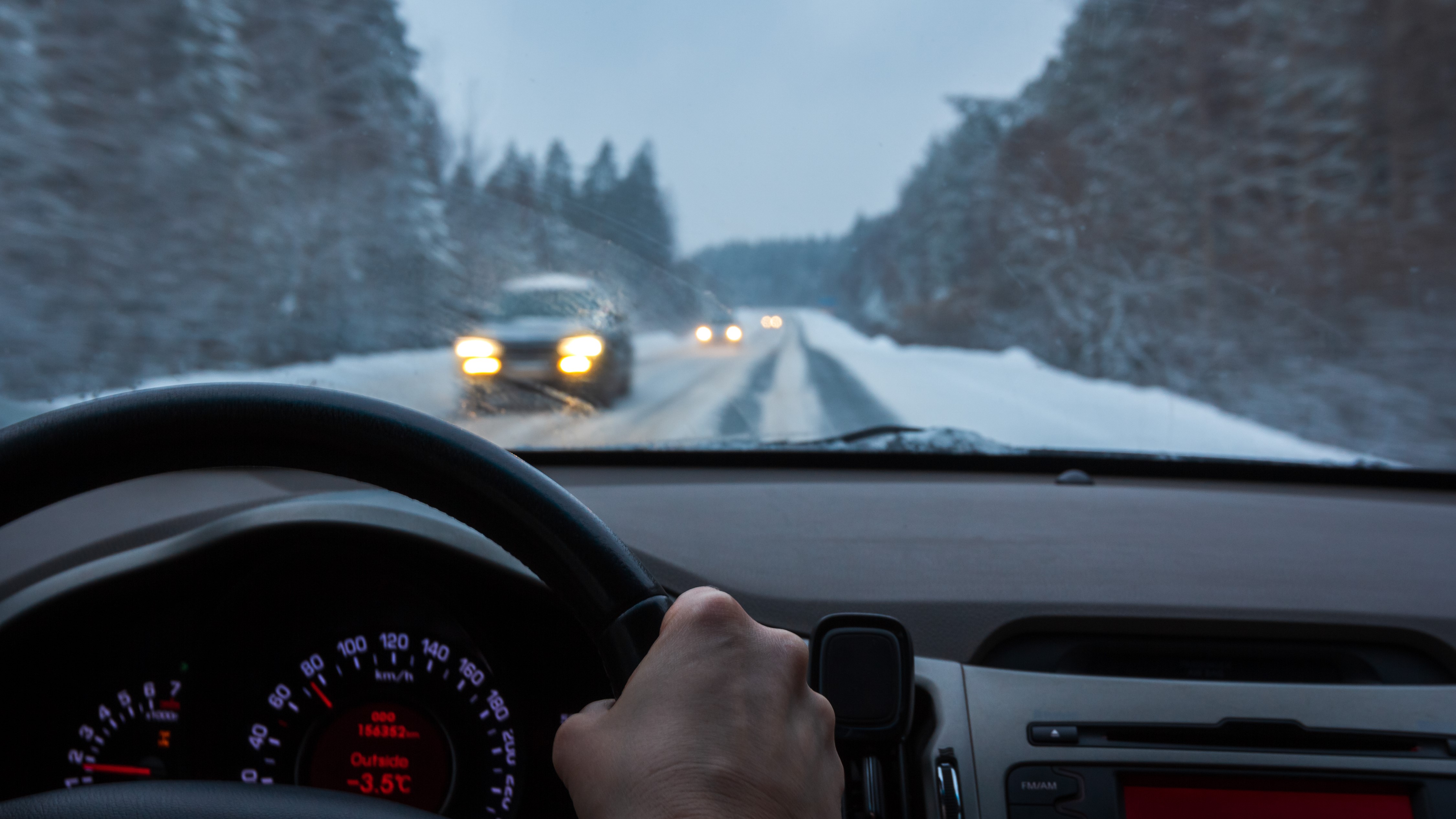
Active winter vacations: what to do?
If you’re going on an active vacation, you’re going to want to get moving – but how? Summer’s warm temperatures make it feel as though the door to adventure is wide open, but tell that to folks trying to visit Death Valley National Park in July. Between winter sports and desert adventures, winter can actually be a lot more versatile when it comes to active vacations. Here are a few ideas:
1. Hit the resort
Obviously, a ski or snowboarding trip is probably the first thing that jumps to mind when you think of an active vacation, and while this is probably the most expensive option, it’s fairly straightforward since once you arrive, there’s a whole infrastructure in place to support your active vacation, from getting on the lifts to recovering afterwards.
Your best approach is to start investigating which resorts have seen lots of snow if it’s midway through the season, or which tend to be snow sure if you’re planning way in advance. Read our article on how to plan a ski trip for more tips.
Remember that many resorts offer other winter sports, like snowshoeing, cross country skiing, snow biking, sledging and tubing, so a resort can provide fun for the whole family.
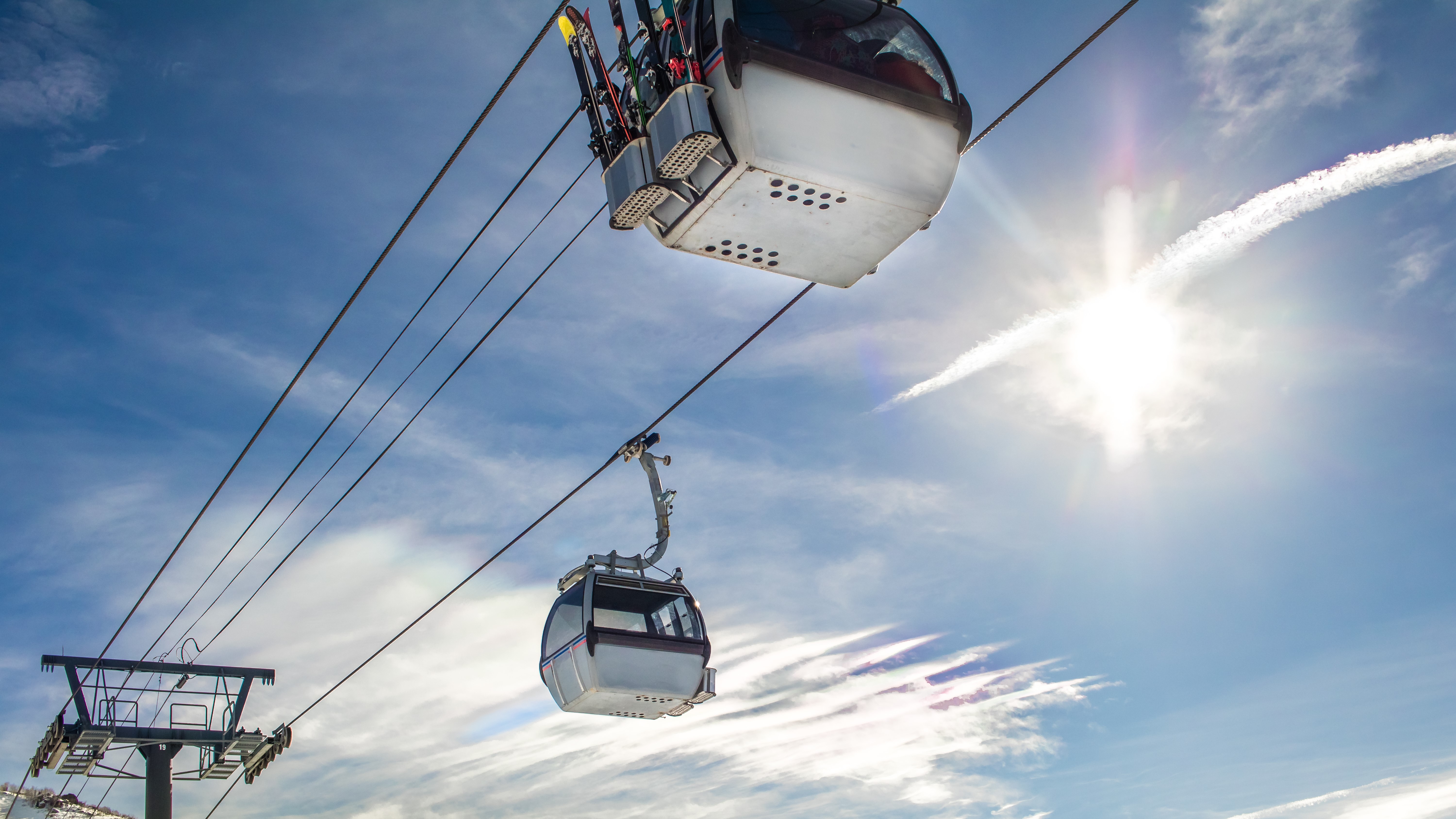
2. Winter trekking
For a slower pace, and to get away from the resort, you can explore the backcountry in winter hiking boots, on snowshoes or cross country skis. These activities can take place on or near a ski resort, in any mountainous area, ta National Park or even in the plains of the Midwest and Great Lakes region. Find yourself a cozy cabin or yurt with access to wild spaces (and ideally a hot tub) and you can organize a wonderful, and more budget-friendly hiking or touring holiday. If you're feeling a little more adventurous, try a hut trip where you can ski or hike in the backcountry or even hike between huts for a longer trek.
3. Visit a National Park
Speaking of National Parks, let’s be honest – they’re a mecca for any outdoor adventurer, but these days they’re just so busy. It’s best to stay away from all but the least crowded National Parks in the summer months, but the crowds do thin out substantially in the winter, even in popular spots like Yosemite.
Some parks, like Glacier, might not be the most accessible in winter if you’re not already a ski mountaineer, but many, like Big Bend and Everglades, are actually better in winter because they’re cooler, while some of the busier parks like Yosemite can be great in winter, and far quieter.
If there’s a popular National Park you’ve always wanted to visit, like Great Smoky Mountains or Joshua Tree, go now. You might actually be able to make a reservation at a cabin and the trails will be far less congested. Check out our guide to the best National Parks to visit in winter for ideas.

4. Fly south
If winter just feels like it gets in the way of hiking and running for you, then you need to head south or to the desert, where the normally hot temperatures down south aren’t quite so brutal.
You can go hiking and trail running in any of the National Parks in Arizona or Texas, where the daytime temperatures should be perfect – check the forecast and be prepared for cold evening temperatures if you’re camping, however. If you want a more tropical feel to warm those cold bones, visit one of Florida’s National Parks or take a walk on the wild side with a stretch of the Florida Trail.
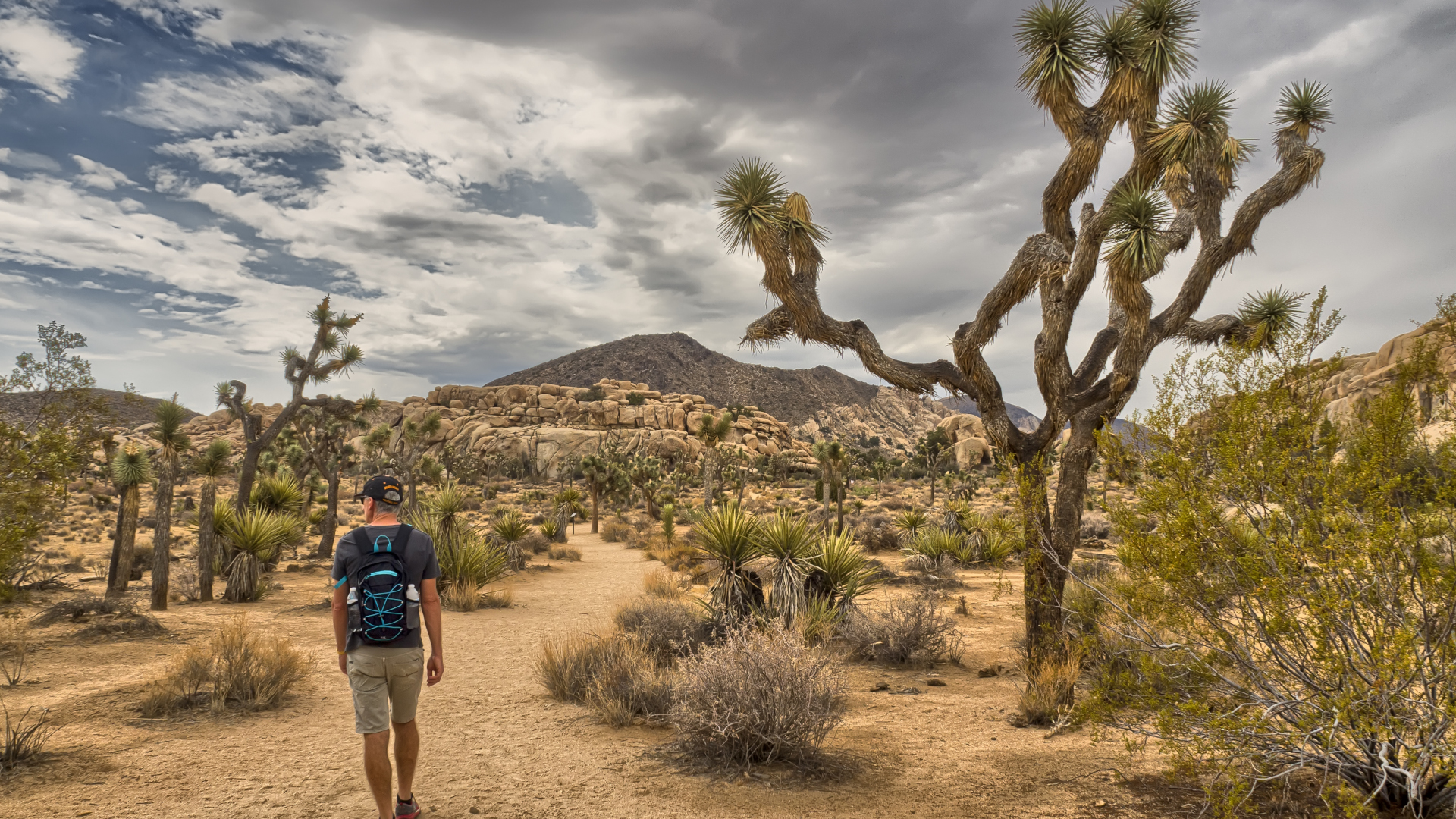
What should you pack for an active winter vacation?
Your kit list depends a bit on what activities you’re doing, but basically any time you’re heading outdoors in the cold you’ll want to bring winter hiking layers for getting outside and probably comfortable clothes for the evening. Since you’re likely to be tired after a day in the snow, you probably won’t want to get dressed up, so bring warm, stretchy clothes you can relax in. If you’re trying to travel light, remember that stretchy base layers can keep you warm during the day and double up as clothes to travel, relax or do yoga in later.
Bring the following for any active trip where you’ll be experiencing cold weather and snow:
- Base layers and thermal leggings made from merino wool.
- Extra hiking socks.
- Hat and gloves.
- Cozy mid layers like a fleece jacket or gilet.
- A down jacket for chilly evenings.
- Footwear with traction for walking around town.
- Slippers for padding around your condo or cabin.







